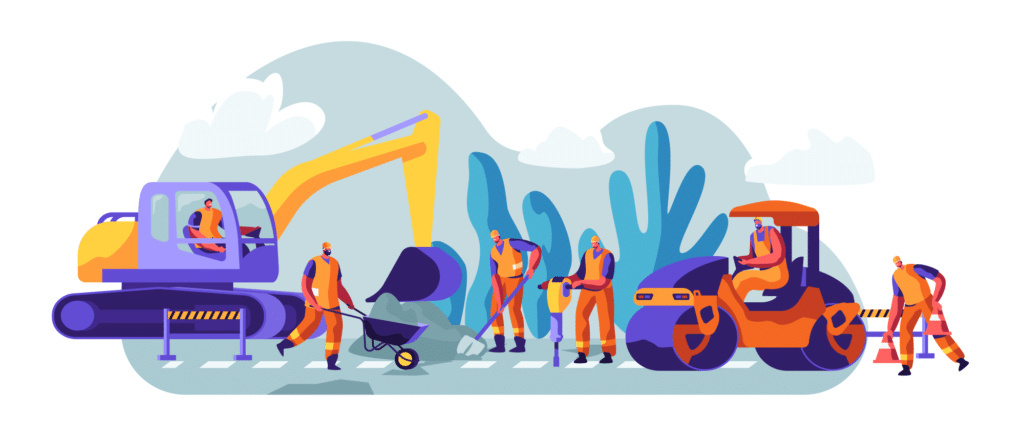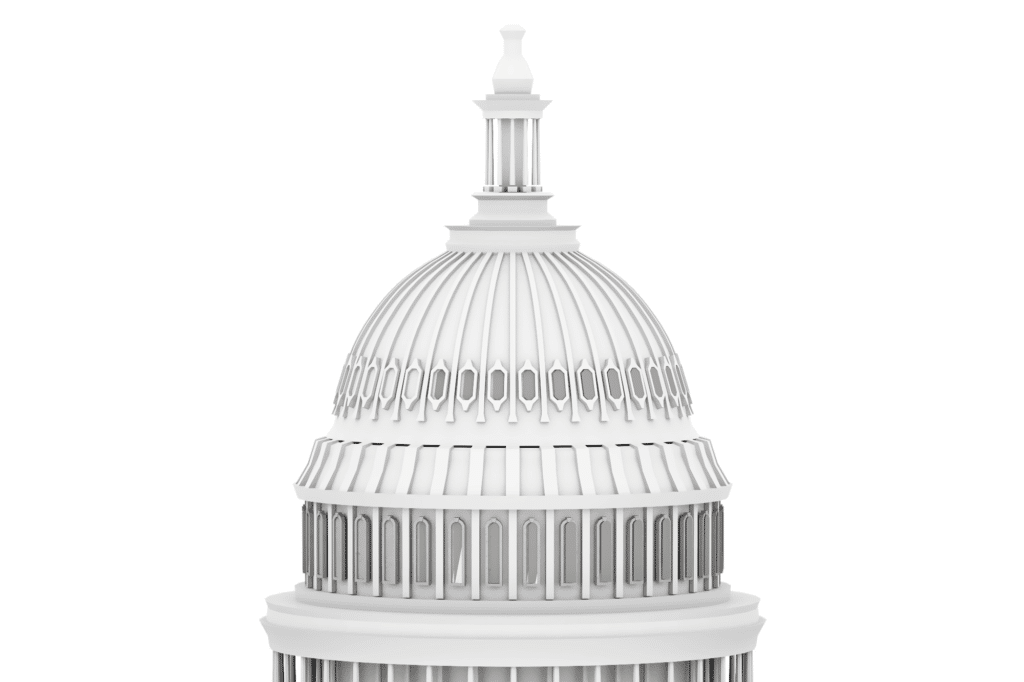5 Things About the Bipartisan Infrastructure Deal
Congress passed the Infrastructure Investment and Jobs Act (the Infrastructure Deal) in November, setting priorities and allocating funding for a wide range of projects throughout the U.S. But what might it mean for parking and mobility? Here are five things to know, courtesy of The White House.

1It provides $110 billion and reauthorizes surface transportation projects to “repair our roads and bridges and support major, transformational projects.” It also prioritizes a “Safe Streets and Roads for All” project to try to reduce traffic fatalities.
2The act will invest a new $39 billion in transit and continue existing transit programs for five years. “In total, the new investments and reauthorization in the Bipartisan Infrastructure Deal provide $89.9 billion in guaranteed funding for public transit over the next five years,” the White House says. The funding will go to expansing transit options, replacing transit vehicles with zero-emissions versions, and specifically improve accessibility to transit for elderly and disabled riders.


3The legislation invests $7.5 billion to build a national network of electric vehicle (EV) chargers across the U.S. Chargers will be deployed along highway corridors for long-distance travel and in cities and towns, near where residents live, work, and shop, with a goal of providing 500,000 new chargers.

4It will focus on deploying clean energy technology across the country, reducing power outages with electrical grid improvements, and supporting the development, demonstration, and deployment of zero-emission technologies, which will affect EV chargers, among other things. This will be a $65 billion investment.
5The act will invest $66 billion in passenger rail, which the White House says is the biggest spend on rail since Amtrak was founded. The money will go to rail repair and maintenance, bringing rail service to underserved areas, and offering climate-friendly alternatives to move people and things.





